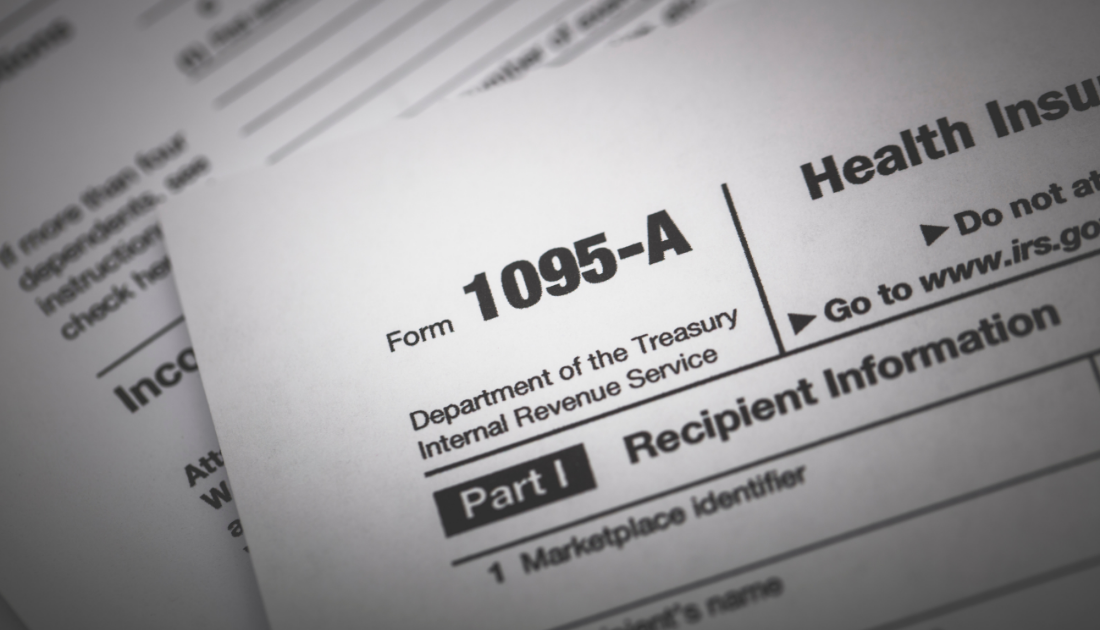How Do I Show Proof of Health Insurance?

Just the Essentials...
- When you sign up for health insurance coverage, your insurer assigns you an account number.
- The account number that you are assigned when you sign up for health insurance coverage becomes proof of health insurance.
- You will also be assigned an identification card, which is another form of proof of health insurance.
- Identification cards and account numbers are proof of insurance only and have limitations. Proof of insurance is not the same as proof of coverage.
- You can reach out to your health insurance provider for a Certificate of Coverage, which serves to show proof of health insurance coverage.
- Tax forms 1095-A, B, and C also serve as proof of health insurance coverage.
Why do I even need proof of health insurance?
Every now and then in life, you may run into situations where, for some reason or another, you’ll be asked to show proof that you have health insurance. Whether it’s a first visit to a doctor’s office or for tax purposes at the end of the year, being asked for proof of health insurance or proof of coverage is more common than you think.
However, if you’ve never had coverage, you may be wondering: “How do I show proof of health insurance?” The answer is often as easy as peeking into your own wallet.
Proof of health insurance takes on a few different forms. From an ID card to a tax form, you have several documents available to you at any time to satisfy a request for proof of health insurance. However, these articles may not suffice if you’re asked for proof of coverage. So, how, then, do you prove that you have sufficient health insurance coverage What defines proof of health insurance and proof of health insurance coverage? Let’s break it all down.
Are you still looking for a health insurance plan that meets your needs? Enter your zip code above and get FREE online quotes for health insurance plans in your area.
The Most Common Forms of Proof of Health Insurance
When you’re asked for proof of health insurance, you may think that you need to produce an official document, or set of documents. In fact, you may already have proof of health insurance on hand and not realize it.
As we mentioned earlier, proof of health insurance takes on many different forms. It can be an official record from your health insurance provider, or it can be anything as simple as a bill with your health insurance policy account number on it. Below, you’ll find some examples of documents which prove that you have an active health insurance policy:
- Insurance cards
- Explanation of Benefits (EOB) – a required statement from insurer to policyholder detailing benefits under your health insurance plan.
- Letters, bills, and statements from insurers
- Pay stubs which show deductions for health insurance premiums
- Marketplace records of advance payments and/or the Premium Tax Credit (PTC)
- Business records or other statements indicating health insurance coverage
Proof of Health Insurance vs. Proof of Health Insurance Coverage
Having proof of health insurance and having proof of coverage are two different things. Certain things that work when proving you have health insurance may not be enough to prove that you have coverage. For example, producing an insurance card or a statement when asked for proof of coverage may not suffice.
If you need to prove, for any reason, that you have health insurance coverage, your best move may be to contact your provider for a Certificate of Coverage. A Certificate of Coverage contains pertinent information such as:
- Your policy identification number
- The name of your group health plan
- Names of applicable dependents
Other examples of proof of health insurance coverage include business records and tax forms sent by a health insurance provider.

Tax Forms as Proof of Health Insurance Coverage
Unlike previous years under the ACA, you no longer face a tax penalty if you do not have a qualifying health insurance plan. However, having a health insurance plan can be beneficial to you when tax time rolls around. Tax forms that prove that you had adequate health insurance coverage and paid premiums during the previous year can provide helpful deductions when the time comes to pay.
Only certain types of health insurance premiums are tax-deductible. You’ll know whether yours is deductible or not as you’ll receive one of three tax forms that provide proof of your health insurance coverage and premiums paid. Those forms are the 1095-A, the 1095-B, and the 1095-C. Below, we’ve broken down each form for you by the type of coverage that it represents.
1095-A: Health Insurance Marketplace Statement
If you purchased a health insurance plan through the ACA Marketplace, you’ll receive a 1095-A form at tax time. You’ll also receive a 1095-A if you purchased a plan through a state exchange. The 1095-A identifies everyone covered on your Marketplace plan, as well as the times during which coverage was provided.
1095-B: Health Coverage
If you purchased health insurance coverage through a private provider, you’ll receive a 1095-B form at tax time. This form essentially provides the IRS with the same type of information that a 1095-A would for Marketplace customers.
1095-C: Employer-Sponsored Health Insurance Offer and Coverage
If your health insurance is employer-sponsored, you’ll receive a 1095-C form at tax time. This form provides the IRS with the following information regarding your health insurance plan:
- Offers of coverage
- Names and status of those covered by the offer
- Time period(s) covered by the offer
Remember, while you won’t need these forms to avoid the sting of a tax penalty anymore, they can still be helpful to you at tax time. Just setting them aside for records and not utilizing them could be leaving money on the table in regards to refunds or reduced tax payments when it’s time to file your taxes.
Why is It So Important to Have Proof of Insurance?
When you visit your Primary Care Physician (PCP), having no proof of health insurance on hand when paying for services is akin to having no health insurance at all. Not showing proof of health insurance – if you have health insurance – will leave you to take on the entire cost of services rendered.
Medical care providers join health insurance networks for a reason. By agreeing to team up with your health insurance provider, they are agreeing to treat you for lower than their standard rates. You can only be treated at that lower rate if you can provide proof that you have acceptable health insurance.
Once you’ve purchased a health insurance plan, you’ll be sent everything you need to prove that you have health insurance on your next medical visit. Your provider should be able to clarify what type of proof they’ll accept. In most cases, they’ll simply accept the identification card you were sent after signing up. Following the information on the card, they’ll be able to confirm that your health insurance policy is currently active.
If you currently find yourself without health insurance, it’s time to find a plan that works for you. Enter your zip code into our FREE tool to find FREE quotes for health insurance plans available in your area.
Key Resources:
Required Documents and Deadlines for Proof of Health Insurance
Summary of Benefits and Coverage
Understanding Your Explanation of Benefits
Sample Certificate of Coverage
Are Health Insurance Premiums Tax-Deductible?
About Form 1095-A: Health Insurance Marketplace Statement
About Form 1095-B: Health Coverage
About Form 1095-C: Employer-Provided Health Insurance Offer and Coverage
